Bath
When it comes to bathroom remodeling, few upgrades can have a bigger impact than the bathroom vanity. In addition to providing a functional space for shaving, putting on makeup, brushing your teeth, and taking care of other daily tasks, the vanity serves as a visual focal point for the bathroom. While you should certainly consider the look of your vanity when planning an upgrade or remodel, it may also be helpful to consider the materials that are being used in the construction of the vanity cabinet. The most common materials used for bathroom vanities are solid wood, particle board, MDF (medium density fiberboard), and plywood. While most materials can be suitable for your new vanity installation, they also come with their own set of pros and cons you should be aware of. By understanding the differences between these different bathroom vanity materials, you can select the option that will work best with what you have in mind for your bathroom.
-
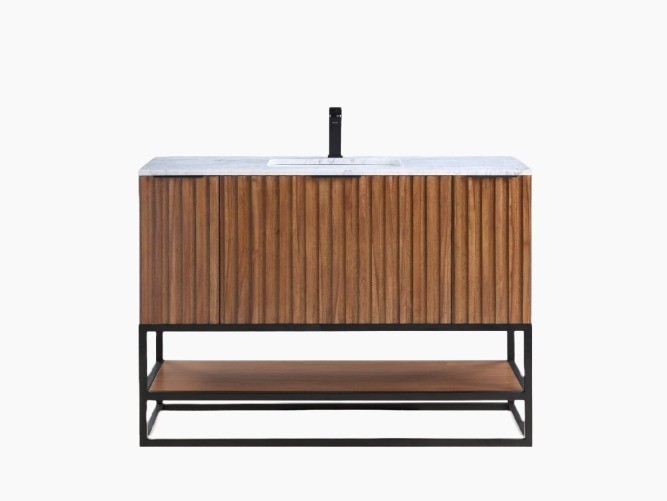 Bath Vanities
75100
Bath Vanities
75100
-
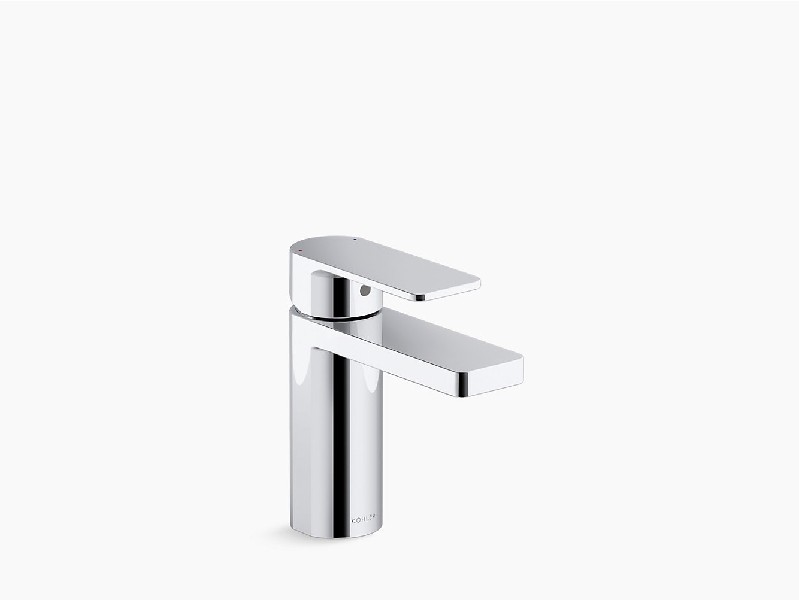 Bathroom Faucets
18377
Bathroom Faucets
18377
-
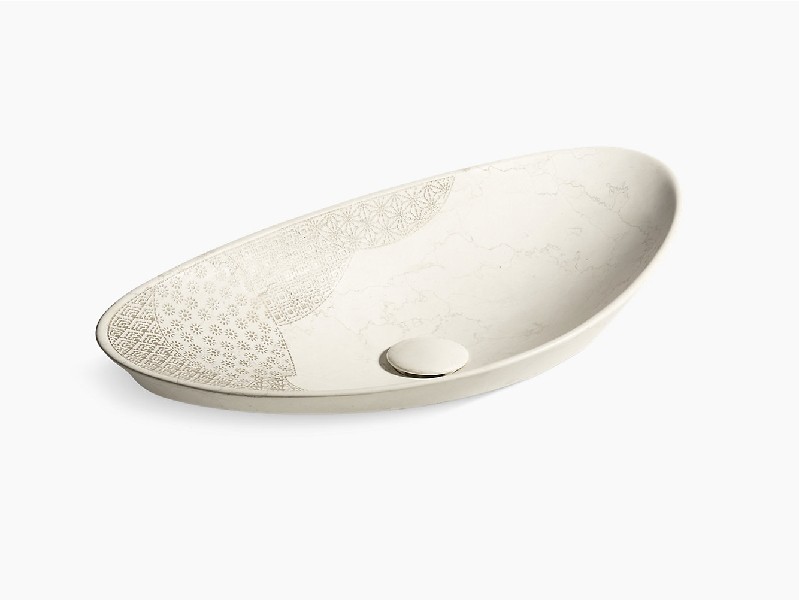 Bathroom Sinks
14179
Bathroom Sinks
14179
-
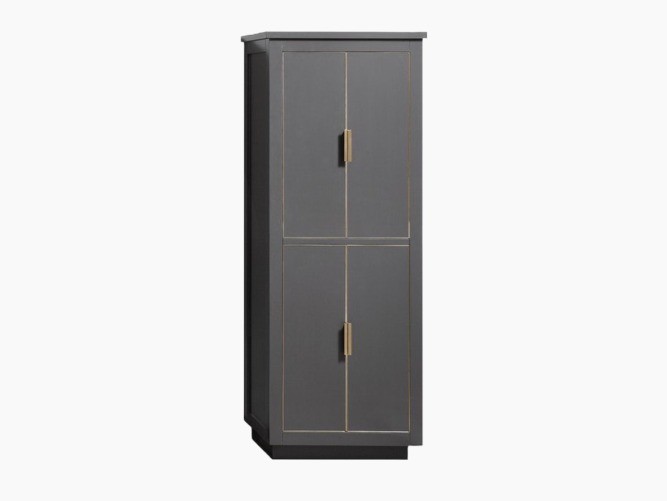 Bathroom Storage
393
Bathroom Storage
393
-
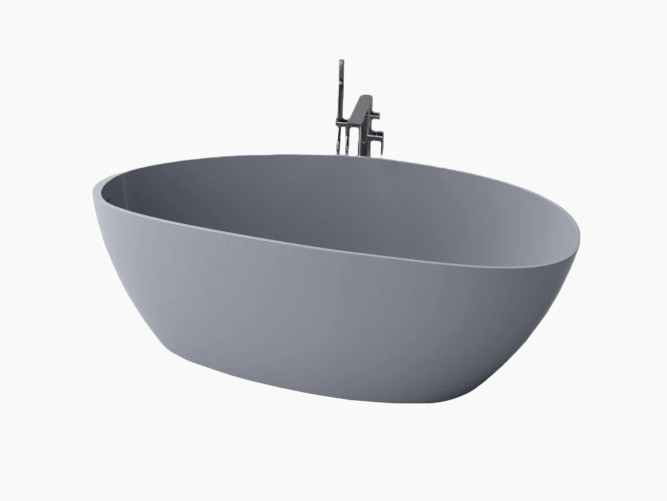 Bathtubs
37404
Bathtubs
37404
-
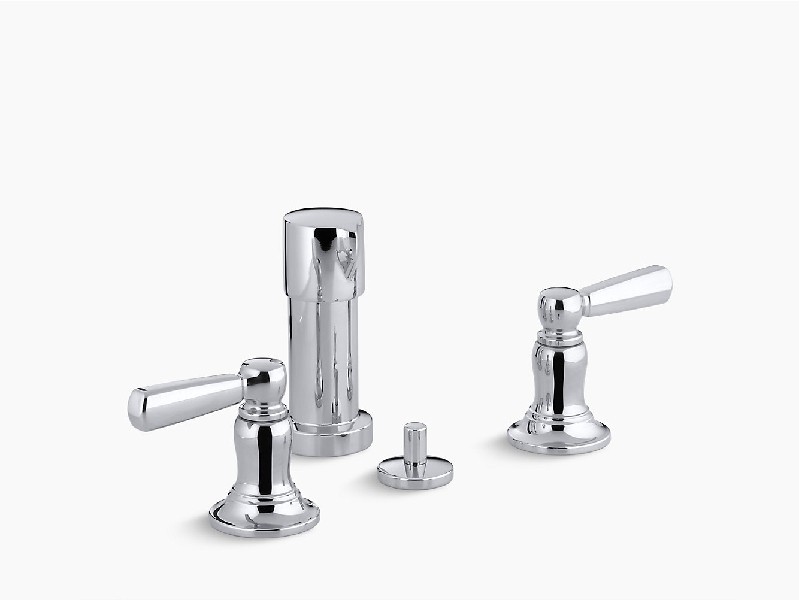 Bidet Faucets
332
Bidet Faucets
332
-
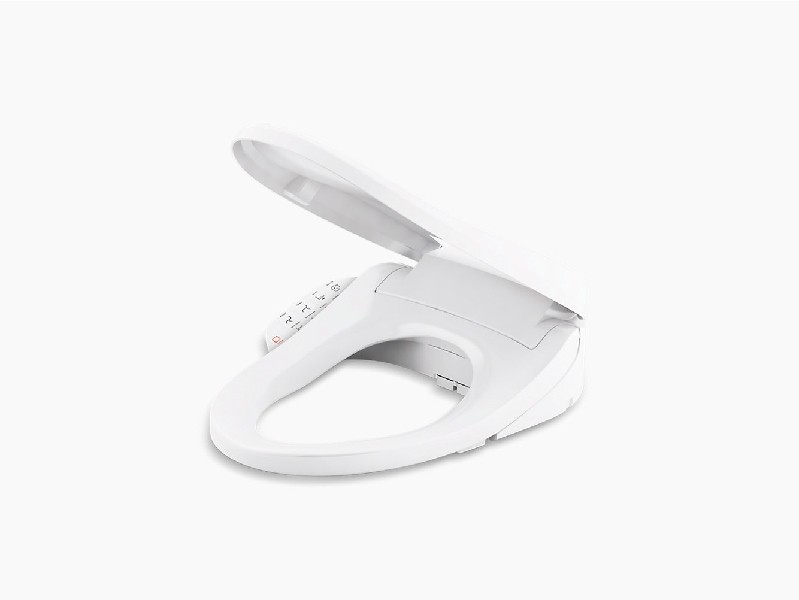 Electronic Bidet Seats
70
Electronic Bidet Seats
70
-
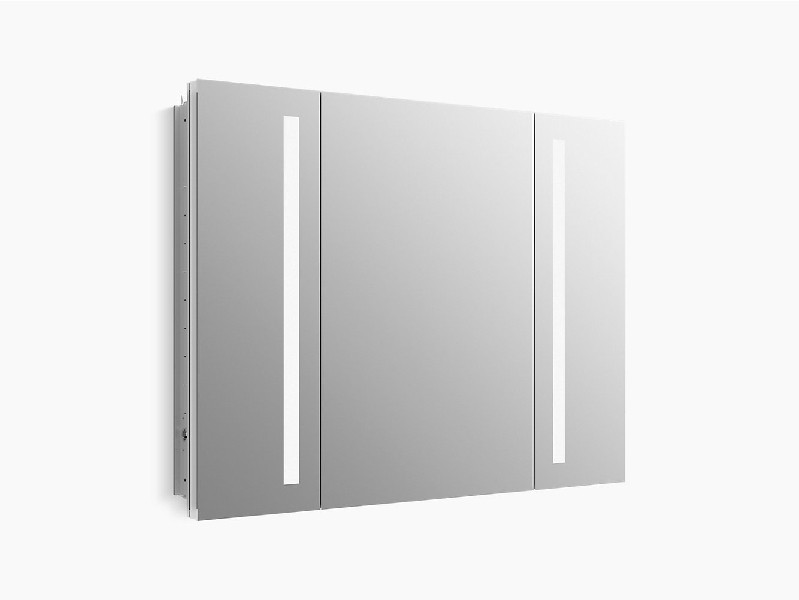 Medicine Cabinets
4844
Medicine Cabinets
4844
-
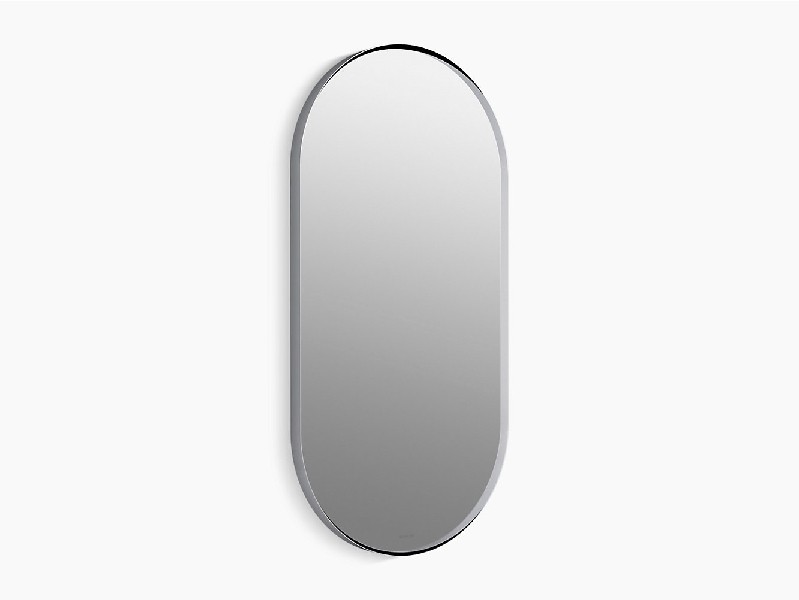 Mirrors
2779
Mirrors
2779
-
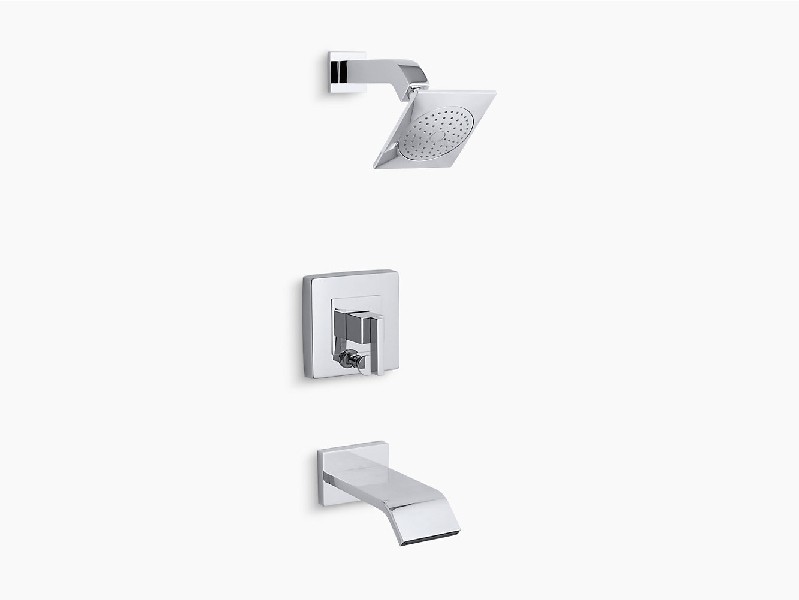 Shower
22095
Shower
22095
-
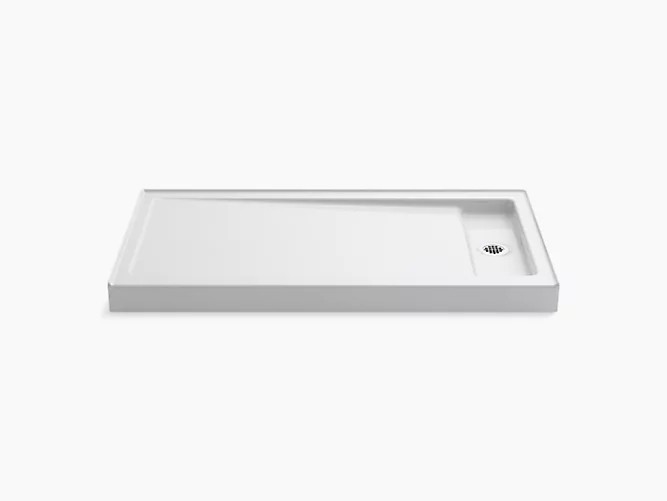 Shower Bases
1052
Shower Bases
1052
-
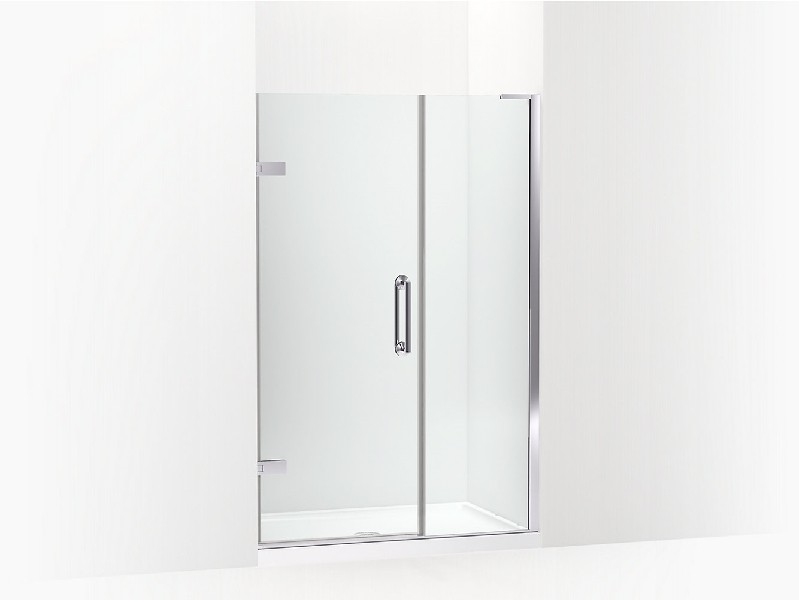 Shower Doors
11591
Shower Doors
11591
-
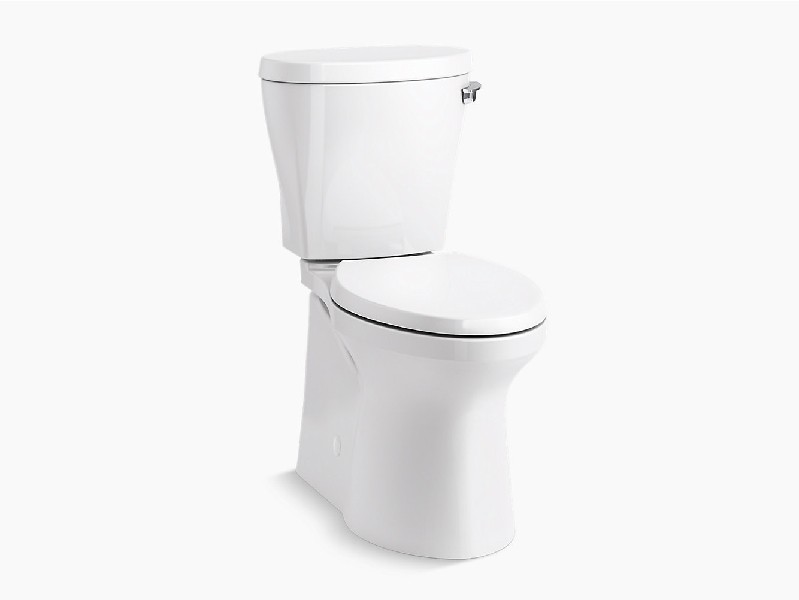 Toilets
12527
Toilets
12527
-
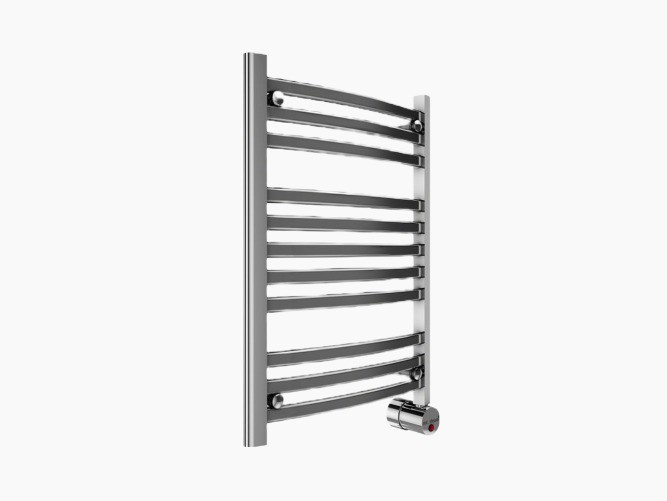 Towel Warmers
346
Towel Warmers
346
-
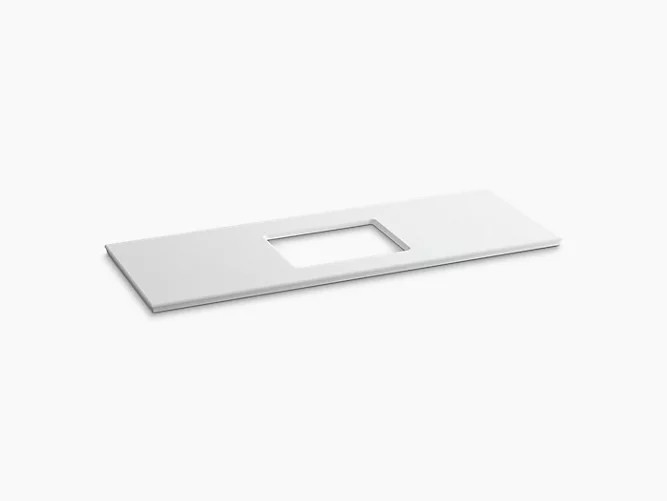 Vanity Tops
1012
Vanity Tops
1012
-
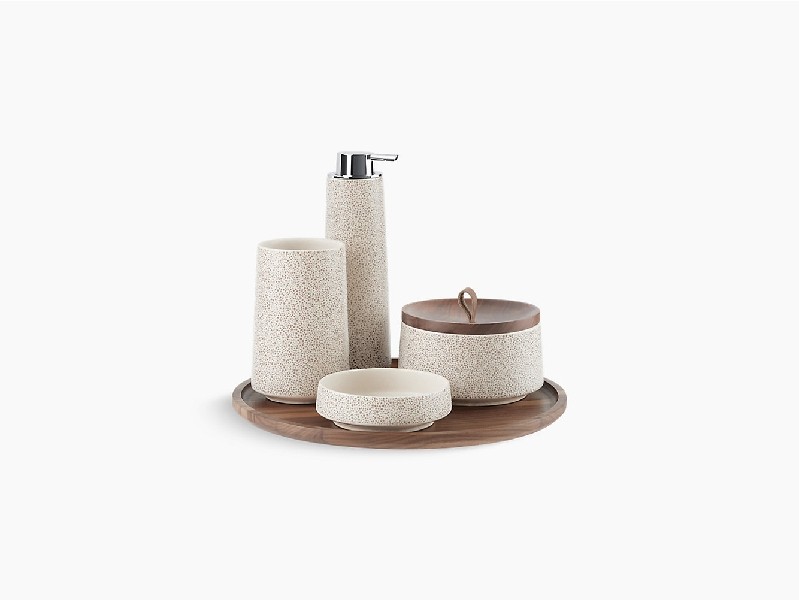 Accessories
10517
Accessories
10517
-
 All Bath Brands
104450
All Bath Brands
104450
When it comes to bathroom remodeling, few upgrades can have a bigger impact than the bathroom vanity. In addition to providing a functional space for shaving, putting on makeup, brushing your teeth, and taking care of other daily tasks, the vanity serves as a visual focal point for the bathroom. While you should certainly consider the look of your vanity when planning an upgrade or remodel, it may also be helpful to consider the materials that are being used in the construction of the vanity cabinet. The most common materials used for bathroom vanities are solid wood, particle board, MDF (medium density fiberboard), and plywood. While most materials can be suitable for your new vanity installation, they also come with their own set of pros and cons you should be aware of. By understanding the differences between these different bathroom vanity materials, you can select the option that will work best with what you have in mind for your bathroom.
We consistently strive to offer our customers the best possible online experience - But don't take our word for it, here are some real, verified reviews that our past customers have left about KBAuthority.com !

https://www.kbauthority.com
with one of the following browsers:
| Google Chrome | |
| Mozilla Firefox | |
| Safari | |
| Microsoft Edge |







